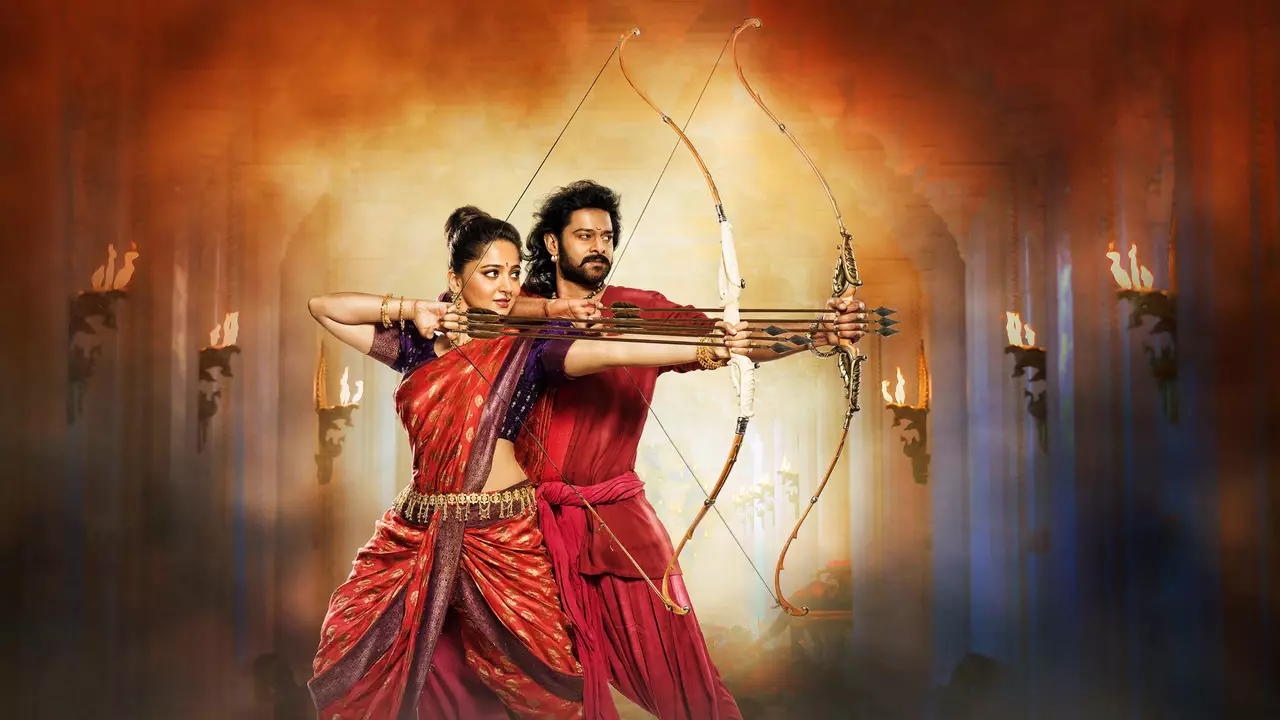Indian Cinema History: From Silent Screens to Global Powerhouse
Ever wonder how India went from a few silent reels to the biggest film machine on the planet? It’s a wild ride that started over a century ago, and the story is packed with bold experiments, daring storytellers, and a love for drama that still drives the industry today.
Early Days and the Golden Age
The first Indian movie, Raja Harishchandra, rolled out in 1913. It was a silent drama based on mythology, and it proved that local tales could fill a screen just as well as foreign stories. By the 1930s, sound arrived and the famous song-and-dance formula was born. Studios like Bombay Talkies and Prabhat Film Company pumped out films that mixed music, romance, and social commentary.
The 1950s and 60s are often called the "Golden Age" for a reason. Directors such as Satyajit Ray, Guru Dutt, and Raj Kapoor made movies that won international awards while staying rooted in Indian life. Ray’s Apu Trilogy showed the world that Indian cinema could be poetic and realistic at the same time.
During this period, legendary actors like Dilip Kumar, Meena Kumari, and Nargis became household names. Their on‑screen chemistry drew crowds to every new release, and the star system we still see in Bollywood today took shape.
Modern Era and Global Reach
The 1970s introduced the “masala” film: a blend of action, romance, comedy, and music. Amitabh Bachchan’s angry‑young‑man roles turned him into a national icon, and his movies still spark nostalgia across generations.
Fast forward to the 2000s, and Bollywood started exporting its style. Movies like Lagaan, Devdas, and 3 Idiots crossed over to Western festivals and streaming platforms. The industry’s budget grew, visual effects improved, and collaborations with Hollywood became more common.
Today, India releases around 2,000 films a year, more than any other country. Regional cinemas—Tamil, Telugu, Malayalam—are making huge money both at home and abroad. Actors like Priyanka Chopra and Shah Rukh Khan have fanbases on every continent, proving that Indian storytelling can speak any language.
What keeps the momentum going? A mix of tradition and innovation. Songs still rule the soundtrack, but filmmakers now experiment with genres ranging from gritty thrillers to sci‑fi epics. Online platforms let indie creators reach audiences without needing a big studio, and that fresh energy fuels the next wave of classics.
So whether you’re watching a black‑and‑white classic or a CGI‑heavy blockbuster, you’re part of a century‑long journey that started with a single reel in a small theater. The next time you hear a Bollywood dance number, remember: it’s not just entertainment, it’s a piece of history still being written.
What are the top 20 best Hindi movies of all time?
In my latest blog post, I've compiled a list of the top 20 best Hindi movies of all time, a celebration of the richness and diversity of Indian cinema. It's a mix of classics and modern masterpieces that have left a significant mark on Bollywood. From heart-wrenching dramas to romantic epics and thrilling action flicks, there's something for everyone. This list represents not only the pinnacle of cinematic storytelling but also reflects the social and cultural changes in India over the years. So, get ready to experience the magic of Hindi cinema through these unforgettable films.
